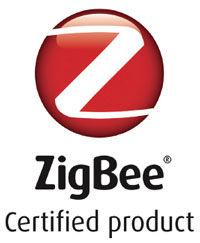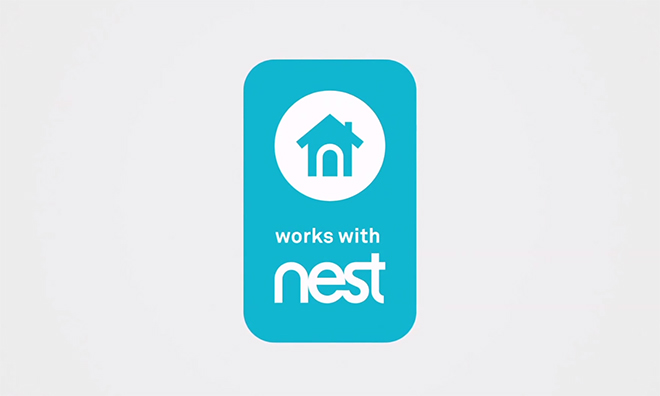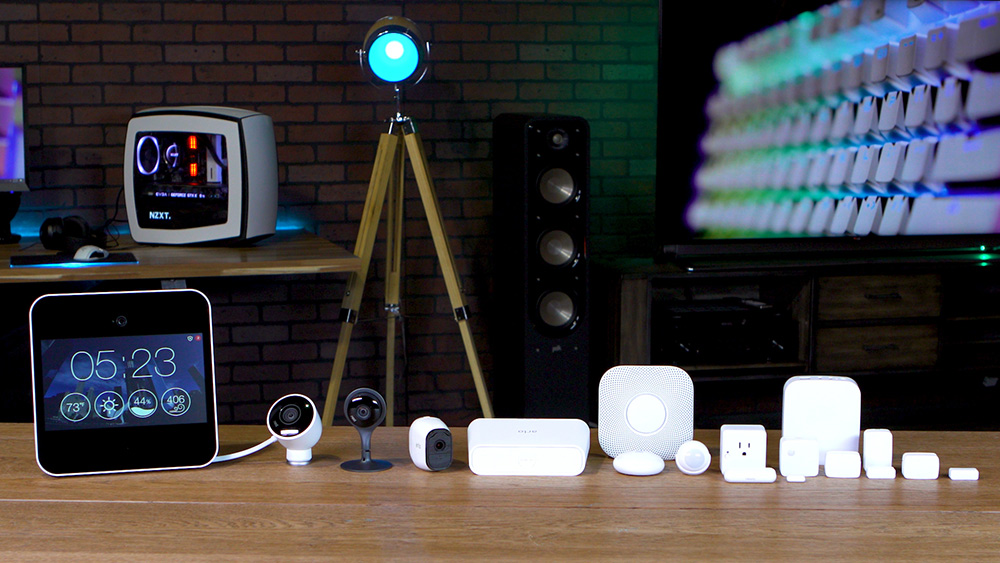

Smart home technology has come into its own in the last few years, offering more convenience, better security, and higher efficiency to anyone willing to wade through some complexity. The smart devices that go into turning your home into an intelligent whole can’t exist on their own, however. They need to talk to each other and to the smartphones and PCs you’ll use to control them. They need a way communicate, and there are a handful of different technologies, called protocols, that allow them to do just that.
In this guide, we’ll give you an overview of smart home communication protocols, to help you when selecting from the hundreds of smart home products available today. While each of these protocols has its strengths and weaknesses, what’s most important is that you make sure your chosen products can work together the way you want them to do.
Smart home communication protocols
Wireless
Infrared
Most TVs today use infrared remotes, and that of course is an example of a wireless protocol that’s used to remotely control a device. Infrared differs from the other technologies here in that it uses light rather than radio frequencies to transmit instructions, and it offers the advantages of being very simple and reliable. It also usually provides only one-way communication, it’s line of sight only, and it’s relatively short range.
Bluetooth
Bluetooth is the personal area network (PAN) protocol you use with your smartphone and other devices like wireless headphones and speakers. It’s easy to setup, offers good security, and most people are already familiar with how it works. Bluetooth is used in many smart home products, but thanks to its relatively limited range it’s typically not used for always-connected devices that can be scattered throughout a large home.
When you think about Bluetooth connections, think things like smart locks that come into range when a user walks up to the front door with a smartphone in hand. Bluetooth is constantly evolving, however, and newer standards like Bluetooth LE (Low Energy) promise to expand the standard’s range via mesh networking technology that lets individual devices pass on signals to other devices.
Wi-Fi
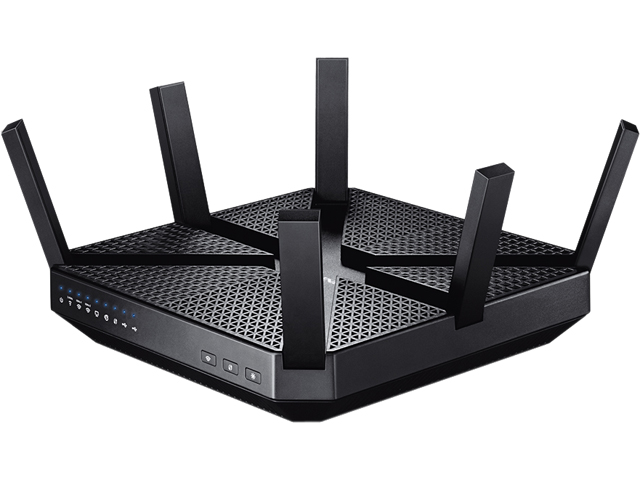
Wi-Fi is the most widely used wireless network technology around, and many if not most homes and businesses – at least in the U.S. and other developed countries – are already equipped with Wi-Fi networks. Wi-Fi does occasionally suffer from issues like interference, it requires more power than many other wireless options (making it a potential problem for battery-powered devices), and bandwidth can be an issue in networks with too many connected devices.
A number of smart home products support Wi-Fi connectivity, often in addition to one or more of the other smart home communication protocols covered here. In addition, Wi-Fi is almost always used to connect to devices like smartphones to allow you to easily configure and manage your smart home network.
Z-Wave
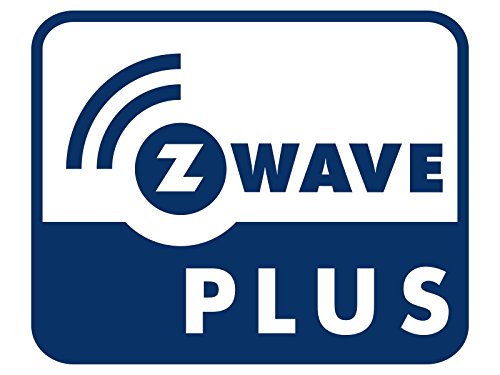
Z-Wave uses radio frequencies on the 908.42MHz band, which is lower than many other wireless devices in common use and so is less susceptible to interference. Like many smart home protocols, Z-Wave is based on mesh network technology that means each device can pass information to other devices, improving reliability and extending the network’s range.
The protocol uses a controller hub that allows a Z-Wave smart home network to be easily configured and managed. The hub can be built into devices or it can be a standalone device, but either way it needs to connect to a Wi-Fi router to provide access to Wi-Fi devices like smartphones.
Perhaps the most important advantage that Z-Wave offers is excellent compatibility no matter who manufactures a smart home device. There are over 1,700 Z-Wave certified devices being sold around the world, meaning that all you need to do is look for the Z-Wave logo to know that your new smart home device will be compatible with your installation.
Examples of Z-Wave-compatible hubs include the Samsung SmartThings Hub, the Wink Smart Hub, the Securifi Almond + Smart Home Hub and Router, and the Philips Hue Bridge. In short, there are numerous options for setting up and controlling a Z-Wave smart home network, and each has its own strengths and weaknesses that are beyond the scope of this article.
Note that your choice of hub will determine what you can control in your smart home using products like the Alexa Echo (see below). Alexa provides voice controls that will do various things depending on the support built in by the hub manufacturer. Google Home via the Google Assistant provide similar capabilities with certain supported Z-Wave hubs.
The important thing to remember is that once you settle on a Z-Wave smart home network, you’ll want to make sure that each smart home device that you buy supports the Z-Wave protocol. If you’re buying a home digital assistant like an Amazon Echo or Google Home, then you’ll want to make sure to take a look at which capabilities are supported when working with which hubs and products.
ZigBee
ZigBee is another wireless smart home communication protocol that’s in wide use and supported by over a thousand smart home products. It uses the 802.15.4 wireless standard on the 2.4GHz radio frequency, meaning it can potentially suffer interference with 2.4GHz Wi-Fi networks. ZigBee also uses mesh network technology.
One of ZigBee’s primary strengths is its security, having been built around the kind of encryption used in banks and other financial institutions. Like Z-Wave, ZigBee utilizes a controller hub that provides for easier configuration and management, and in fact many hubs support both ZigBee and Z-Wave protocols.
Examples of ZigBee-compatible hubs include Samsung SmartThings, Philips Hue Smart Bridge, and Vera Control’s VeraPlus Smart Home Controller. Not coincidentally, some of these are the same hubs that we listed in the Z-Wave section, and in fact much of the Z-Wave discussion above applies to ZigBee as well.
WeMo

WeMo is a Belkin-branded smart home network technology that works on W-Fi networks and thus bypasses the need for its own hub. As such, it works like a typical Wi-Fi network in a star configuration with the router at the center. As mentioned earlier, Wi-Fi isn’t a terribly power-efficient protocol, and so WeMo isn’t as suited for battery-powered devices. The protocol’s primary advantage is that it doesn’t require you to worry about setting up or managing another network.
Because it’s a Belkin product, you’ll mostly find WeMo-compatible products provided by Belkin itself. Because it’s built on Wi-Fi, WeMo is automatically available for apps running on smartphones and other Wi-Fi connected devices. Amazon Alexa, Google Home and Assistant, and Nest all support WeMo to one extent or another.
Nest
Nest is a line of smart home products that also piggybacks on an existing Wi-Fi network, with the most recognizable smart device being the Nest Learning Thermostat. A number of smart home devices can connect to a Nest environment in addition to some of the other protocols covered here, and Google Home (naturally, given Google’s affiliation with Nest) is integrated closely with the platform. Philips Hue, Lifx bulbs, and TP-Link smart plugs are a few smart home products that support Nest out of the box.
Thread
Thread is a newer wireless networking technology developed by a consortium of companies, including Nest, Samsung, Schneider Electronics, and others, specifically for smart home products. It’s designed to be power-efficient, secure, and easy to configure and manage, and like most of the other wireless protocols uses a mesh network for enhanced range and reliability.
Thread is also highly scalable, supporting more than 250 devices in a single smart home network. It’s based on the same radio frequencies and physical specifications as ZigBee, and it poses the same potential for interference with 2.4GHz Wi-Fi networks. Thread-compatible devices include the Nest Learning Thermostat and the Nest Protect smoke and carbon monoxide alarm.
Wired
X10
X10 is the oldest protocol designed for smart home products, having been developed in 1975 and still in use today. It uses a home’s electrical wiring to transmit signals, and it’s relatively limited in the amount of data that it can send over the wire. It’s also relatively slow compared to other options, with a noticeable delay between sending a command and having a device respond, and it’s a one-way technology.
X10 is still used in millions of smart home products, but it’s being replaced by newer and more capable products. Usually, professionals are called on to connect X10-based smart homes.
Universal Powerline Bus
Universal Powerline Bus (UPB) is the successor to X10, and it also uses a home’s electrical wires to connect smart devices. Its advantages over X10 include greater reliability, faster speeds with higher transmission rates and lower latency, and two-way communications.
UPB is a peer-to-peer protocol and so doesn’t require a central hub or computer to manage the system. It supports many more smart devices than X10, specifically more than 60,000 network addresses (250 systems supporting 250 devices) compared to X10’s 256 address limit. Like X10, UPB smart homes are more often setup and configured by professionals, particularly compared to the more common wireless protocols discussed above.
Hybrid
Insteon
Insteon merges the best of wireless and wired networks, using the home’s electrical wiring like X10 and UPB and radio frequency wireless technology like ZigBee, Z-Wave, Thread, Wi-Fi, and Bluetooth. Its primary advantage is that it provides a dual-mesh setup that has great range and that can send signals both across the wire and wirelessly – that helps ensure that a device will receive its instructions if one network type goes down.
Because it can use a home’s wiring, just like X10 and UPB, some Insteon products are professionally installed. As with many of the communications protocols we’ve looked at so far, an Insteon hub is required to get started, and if you’re an Apple HomeKit user (see below) then Insteon is one of the protocols specifically supported by that platform.
Ethernet
Even though Wi-Fi speeds and range continue to improve, you’ll still get the fastest and most reliable network experience by running Ethernet cables and using a wired network. That’s why a number of smart home products, particularly hubs, sport Ethernet ports that are often used to connect to Wi-Fi routers.
Smart home platforms
The smart home communication protocols are only half of the equation. There are also different smart home platforms that are available today that provide enhanced automation capabilities. Some of the platforms are compatible with multiple communication protocols and some are not, while some can interact with other platforms and some are standalone. It’s therefore important to make sure you’re only picking compatible products to flesh out your smart home environment.
Amazon Alexa
Amazon’s Alexa is a cloud-based voice service and personal digital assistant that allows users to speak to devices with a vast array of commands. Alexa is perhaps best known for Amazon’s own Echo line of smart speakers, but it’s also embedded in a variety of third-party products ranging from HTC’s U11 smartphone to a new line of Sonos One smart speakers. In addition, the Echo Plus smart speaker has a built-in ZigBee hub, meaning that you can use it to control ZigBee devices and utilize Alexa voice commands with one device.
Alexa can connect to a variety of other smart home products because of its support for several smart home communications protocols, including Z-Wave and ZigBee. Amazon has also built a software developer’s kit (SDK) that can be used to create Alexa Skills that can tap into various services and control smart home devices with just a user’s voice.
Google Home/Assistant
Google Assistant is another cloud-based voice service and personal digital assistant, similar to Amazon Alexa, that powers Android smartphones and Google’s Home line of smart speakers. Between Google Home and Assistant, you can use voice controls to perform a number of tasks using supported protocols such as Z-Wave and platforms such as Nest.
Apple HomeKit
Apple’s HomeKit is a software framework that allows developers and third-party manufacturers to create smart products that can interact with iOS devices like the iPhone and iPad. Similar to Amazon Alexa and Google Assistant, HomeKit supports Apple’s own personal digital assistant, Siri, allowing you to use voice commands to control smart devices that support HomeKit.
Apple HomeKit works on existing Wi-Fi networks and does not require a hub to add and manage smart devices. However, HomeKit does require a newer Apple TV if you want to control your smart home remotely. Some products with HomeKit support include ecobee thermostats, Philips Hue lighting, and Kwikset Premis locks.
Research pays off
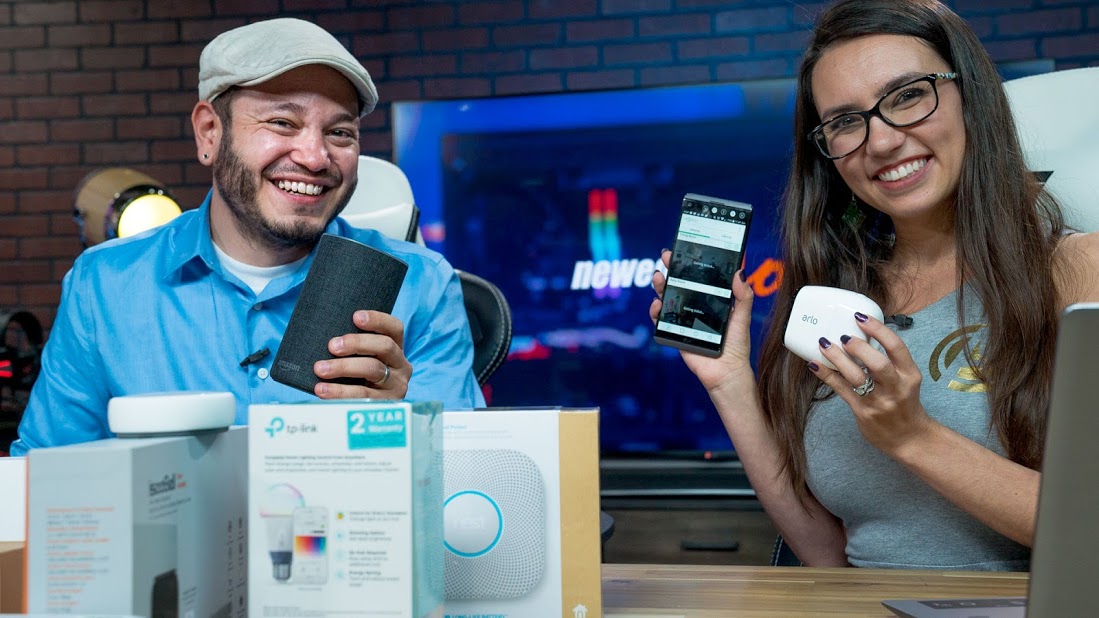 Clearly the smart home industry is already complex, even this early in its development, with many communication protocols and platforms from which to choose smart products to automate your home. Many, but by no means all, of them can work together, making the process of building out your smart home infrastructure even more complicated.
Clearly the smart home industry is already complex, even this early in its development, with many communication protocols and platforms from which to choose smart products to automate your home. Many, but by no means all, of them can work together, making the process of building out your smart home infrastructure even more complicated.
Probably the safest bet is to choose one protocol or platform, such as Z-Wave or Apple HomeKit, and then search for products bearing the appropriate logo.
To learn more about the world of home automation products, visit Newegg’s Smart Home page.

